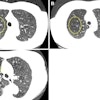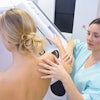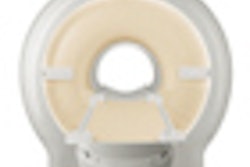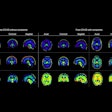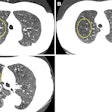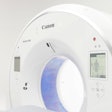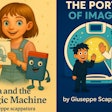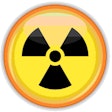The U.K.'s National Health Service (NHS) is leaving trusts to their own devices, literally and figuratively, when it comes to purchasing medical imaging equipment, according to a report published by the National Audit Office on 30 March.
In one of many problems highlighted by the office, instead of purchasing equipment as a group or with money from a centralized source, trusts (groups of hospitals or clinics in the same area) are acting independently -- often with deleterious effects.
Key findings of the report:
- Trusts assess demand themselves, largely independent of each other.
- Around half of MRI, CT, and linear accelerator (linac) machines are due for replacement within three years, and 80% are due for replacement within six years.
- To replace existing machines, trusts would collectively have to find 460 million pounds (520 million euros) within three years and a further 330 million pounds (373 million euros) within six years.
- Trusts are not using existing NHS framework agreements to the best of their ability, which means they are not securing lower prices on purchases of new machines.
- Trusts lack independent procurement advice.
- There is no mechanism to determine if trusts have the appropriate type of maintenance for their CT and MRI systems.
- Trusts are unable to assess how efficiently they're using CT and MRI systems because no benchmarks exist.
- Demand continues to increase, but workforce supply is low due to high rates of attrition, especially in radiotherapy.
In essence, the lack of cohesion among NHS trusts is wreaking havoc, the report states. Trusts are unable to compare unit costs or efficiency because a repository of data does not exist. The trusts have no way to compare themselves to each other.
The lack of a common procurement policy is "astounding," according to an industry insider, but since 2007, trusts' source for funding shifted from an NHS centrally driven program to trust revenue and loans. Not only do trusts now make financing decisions, but they must recover the costs through revenue in an increasingly competitive market. The National Auditing Office recommends considering a relationship with the National Institute for Health and Clinical Excellence (NICE) to learn how to appraise technology.
"The NICE technology assessments ... are a fairly new initiative, and it is not clear to what extent they will replace the previous arrangements, particularly as far as comparative performance is concerned," said Stephen Keevil, PhD, a reader in medical physics at St. Thomas' Hospital in London.
Demand for these machines is only expected to increase. In the last 10 years, the number of CT and MRI scans has increased almost threefold, and the number of radiotherapy treatment sessions using linacs has more than doubled. The problem is no one is quite sure of the demand since trusts are making those calls on their own. The U.K. Department of Health publishes data on activity, but there is little coordination of planning to identify increasing demand and how the demand may be met.
There is also little coordination on how to secure lower prices on purchasing new machines. In 2009 and 2010, the NHS Supply Chain organized a framework agreement that was used for 75% of machine purchases, but there was no aggregation of volume. Trusts acted independently of each other to meet demand and lacked independent procurement advice.
"I agree that trusts should take expert advice when procuring major capital equipment," Keevil said. "I don't agree that this necessarily has to be 'independent' -- by implication external -- advice."
Major trusts, often the ones procuring linacs, have a medical physics department where they can access this expertise, he said. The smaller trusts can buy in this expertise from larger ones.
"In my experience, it is possible to do better than the [NHS] framework if there is suitable professional advice to tailor the purchase to clinical needs -- exactly what medical physicists do," Keevil said.
Solutions
Not only did the National Audit Office lay out the slew of problems facing NHS and the trusts, but the office also offered solutions.
Regarding the cost of advanced capital equipment, trusts could lease machines, contract them out, or extend their use.
In addition, the National Audit Office recommended the following:
- The NHS Commissioning Board should set standards for accurate and comparable data in the use of diagnostic imaging equipment.
- For 2012-2013, the Department of Health, and then the NHS Commissioning Board, should design tariff prices in a way to incentivize machine efficiency use, and recognize that trusts may need to find several hundred million pounds to replace machines during the next 10 years.
- The Department of Health should examine how well trusts are able to understand the value in their acquisition decisions.
- Across the NHS, trusts need a way to objectively determine the right specification of machine for their needs, ensuring they are gaining value for their money.
The Royal College of Radiologists (RCR) issued a statement and said it welcomes the National Audit Office's report because the report highlights the need to plan for the future. RCR also plans to work with the relevant national bodies and organizations to ensure improvements are made.
"In such a fast-moving field, it is essential that equipment levels and specification are commissioned at levels that allow patients to receive world-class service," said Dr. Jane Barrett, president of RCR.


